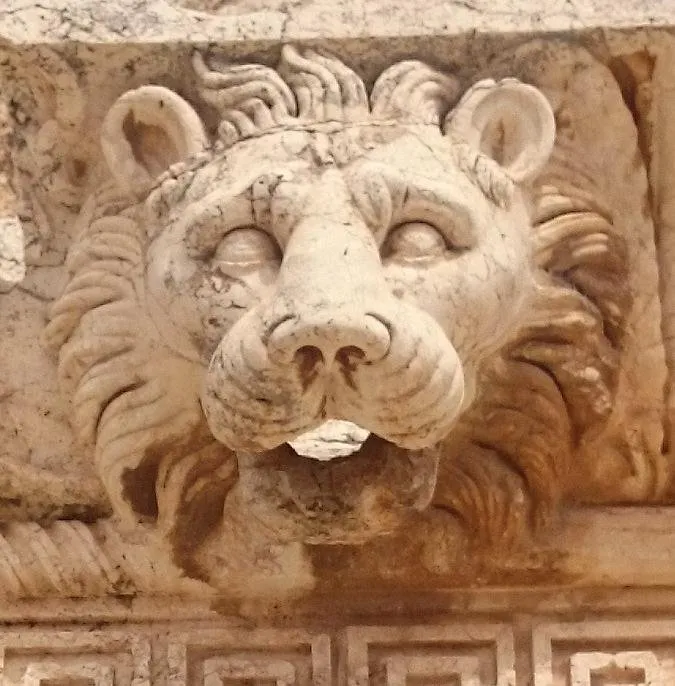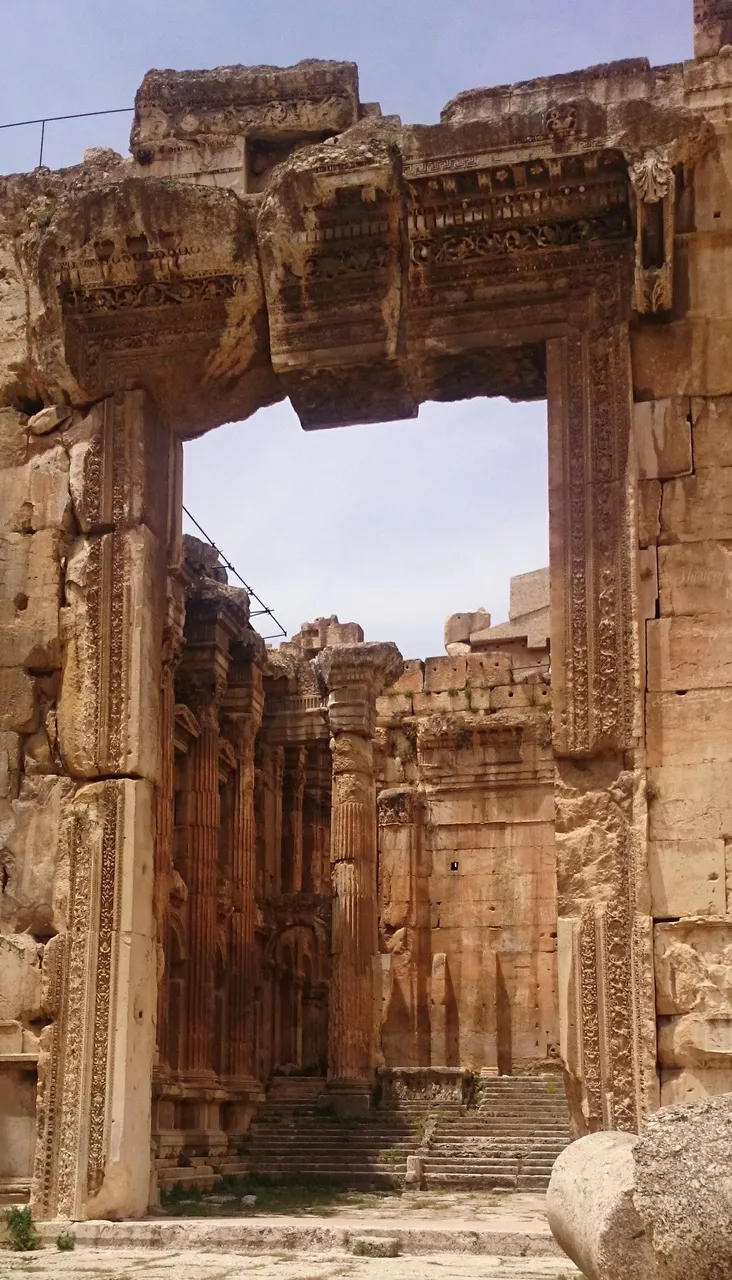
Baalbek. The Phoenicians worshipped here. Ba’al, Astarte and Adonis. Alexandrian Greeks and Romans called it Heliopolis. The Byzantines rebuilt, extended, adapted. Arabs and Turks fortified and fought over it. It was repurposed, rededicated over the millennia, and never finished - the great stones in the nearby quarry testify to that.

Even as we approach the ticket kiosk, a kind of concrete bunker or gatehouse - the way almost blocked by hawkers - we can feel an excitement, an energy. Beyond the fence, the trees, a column here or a pediment there signals, beckons. It’s like an orchestra tuning up.

Our guide is brisk, she hurries us through, and suddenly the hawkers and the armed guards at the entrance are behind us and we are faced with a huge acreage of ancient stone.

It is a UNESCO world heritage site of ‘Outstanding Universal Value.’ The citation says:
The Temple of Jupiter, principal temple of the Baalbek triad, was remarkable for its 20 m high columns that surrounded the cella, and the gigantic stones of its terrace. The adjacent temple dedicated to Bacchus is exceptional; it is richly and abundantly decorated and of impressive dimensions with its monumental gate sculpted with Bacchic figures. The Round Temple or Temple of Venus differs in its originality of layout as well as its refinement and harmonious forms, in a city where other sanctuaries are marked by monumental structures.

The temples are stunning. Something about their integrity and their sheer scale crackles with grandeur. It feels like we’re standing next to some huge nuclear power source. The sun blazes, and it is literally hard to breath - I have to remind myself to inhale, exhale.

But the things that I find really breathtaking are the fragments: a piece of fallen pediment with an intricate interlacing flower design; a lion’s-mouth downspout. Look up as you walk beneath an arch, and inscriptions in some Semitic script cover the inner surfaces as ivy might cover a wall.

A keystone seems on the point of collapse. But old engravings and travellers’ tales show that it has been on the point of collapse for centuries.

If Lebanon needed a symbol other than the cedar, her peoples could do worse.
This is the fourth in a series of short photo-essays on a trip to the Lebanon made in 2014. Previous episodes can be found here, here and here.